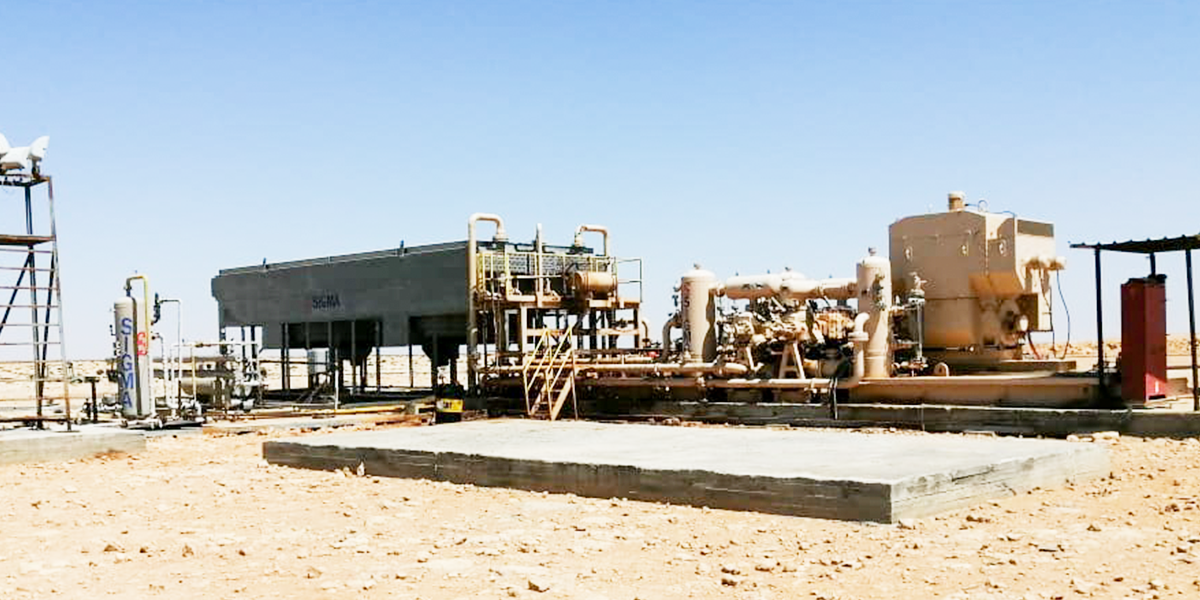
As part of APA’s efforts to reduce emissions across our global operations, technical teams have identified projects and opportunities for investment, facility upgrades and efficiency improvements. The company has also set ambitious goals to encourage these efforts, which are directly tied to employee incentive compensation. For example, in 2022, an environmental, social and governance (ESG) goal was established to reduce upstream routine flaring by 40% in Egypt. In addition, the company has set a three-year goal to eliminate 1 million tonnes of CO2 equivalent annually from its operations globally. The Tango, Biruni and Herunefer-Main compression projects are some of the many efforts underway to help reduce emissions and improve operations.
Across the far reaches of Egypt’s Western Desert, Apache Corporation’s oil and gas operations provide employment to Egyptians, support the nation’s economy, and are clear examples of how to responsibly meet global energy demand. After completing the Kalabsha flare-to-generation project, the Apache Egypt team continued working toward strategic opportunities to reduce upstream routine flaring.
Biruni, Tango and Herunefer-Main, three early oil processing facilities — or EPFs — were identified, each with a need for gas compression capacity. Without compression in place, some associated gas was flared and oil production was held back, presenting the team with an opportunity to increase oil and gas production and reduce emissions.
“The team evaluated several options for how to manage the associated gas,” said Chris M., Egypt midstream asset manager. “By opting to introduce compressors at the EPFs, we could capture gas for sale, increase production, and add infrastructure optimization options to the area.”
Environmental conservation underpins a pragmatic, responsible approach to doing business for Apache. The company’s goal with gas is to always sell it, not flare it. The locations were selected based on the size of the operations and their potential to contribute to key emissions reduction goals.
“These projects make good business sense — there is a lot of strategic rationale here, and it is simply the right thing to do,” Chris said.
Before adding compression, the company’s commitment to limiting emissions at these sites could make production increases a challenge. After installing the compressors, the team was no longer restricted by gas takeaway constraints and could increase oil production – and reduce emissions. Now, the team is working to standardize this type of design across Egypt operations by both retrofitting older EPFs and building new facilities with the company’s ESG framework in mind.
“Our 26-year presence in Egypt has been marked by increased productivity, environmental progress, and giving back to local communities,” said David Chi, vice president of Egypt assets and country manager. “These latest emissions reduction projects are a reflection of our commitment to operating sustainably, and we look forward to contributing to Egypt’s success as a responsible, regional energy hub in the future.”